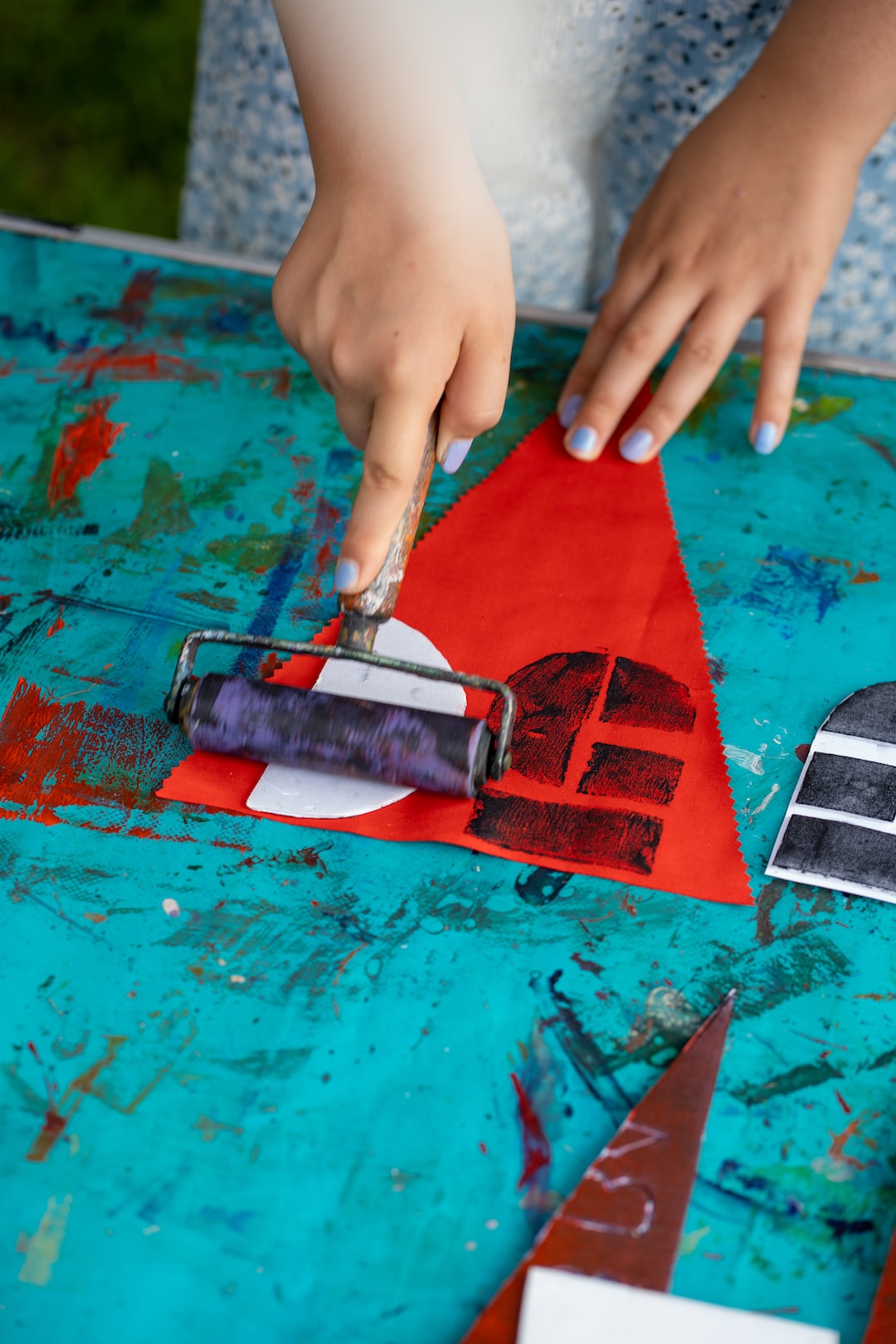From Pop Art to Postmodernism: Tracing the Evolution of Contemporary Art
Art has always reflected the society in which it is created, and contemporary art is no exception. Emerging after World War II, contemporary art encompasses a wide range of styles and approaches, reflecting the diverse experiences and perspectives of artists in the modern world. Tracing its evolution from the iconic Pop Art movement to the enigmatic Postmodernism, we can witness how contemporary art has transformed over the years.
The emergence of Pop Art in the 1950s marked a significant shift in the art world. Rejecting the abstract expressionism of the previous decade, Pop Art embraced popular culture and everyday objects as subjects. The movement was influenced by advertising, mass media, and consumerism, with artists like Andy Warhol and Roy Lichtenstein using images from popular culture to create their works. The result was a vibrant, often bold style that blurred the boundaries between high and low art.
Pop Art challenged traditional notions of what could be considered art, introducing the concept of appropriation. By borrowing images and objects from popular culture, artists created new meanings and contexts. Warhol’s famous Campbell’s Soup Cans and Lichtenstein’s comic book-inspired paintings are prime examples of how everyday objects and images could become significant artistic statements.
As the 1960s unfolded, artists began to experiment further with different materials and techniques. The concept of “happenings” emerged, with artists engaging in performance-based artwork that blurred the lines between art, life, and spectacle. Artists like Yoko Ono and Allan Kaprow pushed the boundaries of what constituted an artwork, challenging established notions of medium and audience.
By the 1970s, a new movement called Minimalism gained prominence, emphasizing simplicity and reducing art to its basic elements. Artists like Donald Judd and Dan Flavin created sculptures using industrial materials such as metal, fluorescent lights, and Plexiglas. Minimalism aimed to strip away unnecessary ornamentation and focus on the essence of the artwork itself.
However, as the 1980s arrived, a reaction against the seriousness of Minimalism took hold. This period marked the rise of Postmodernism in contemporary art, characterized by its self-awareness and rejection of grand narratives. Postmodern artists embraced a fragmented approach, borrowing and reinterpreting elements from different styles and movements.
One of the key features of Postmodernism was the incorporation of irony and humor into artwork. Artists like Jeff Koons and Takashi Murakami used pop culture references and kitsch objects in their works, blurring the lines between high and low art even further. Their aim was to challenge the notions of taste, authenticity, and originality in the art world.
Postmodernism also witnessed a shift in focus from the artwork as an object to the concept itself. Conceptual art emerged as a dominant force, with artists like Jenny Holzer and Damien Hirst exploring the power of ideas and language. Hirst’s controversial work, “The Physical Impossibility of Death in the Mind of Someone Living,” featuring a shark suspended in formaldehyde, challenged traditional notions of beauty and the role of the audience in interpreting art.
With the advent of the digital age, contemporary art has evolved once again. Artists now have access to new tools and technologies, allowing them to explore art in innovative ways. Digital art, installation art, and interactive art have become prevalent, with artists like Olafur Eliasson and Cai Guo-Qiang pushing the boundaries of what art can be.
From Pop Art to Postmodernism, the evolution of contemporary art can be seen as a reflection of the ever-changing society in which we live. Each movement and style has been influenced by the cultural, social, and political climate of its time, capturing the essence of the era. As we move forward, it will be fascinating to witness how contemporary art continues to evolve and respond to the challenges and possibilities of our modern world.

